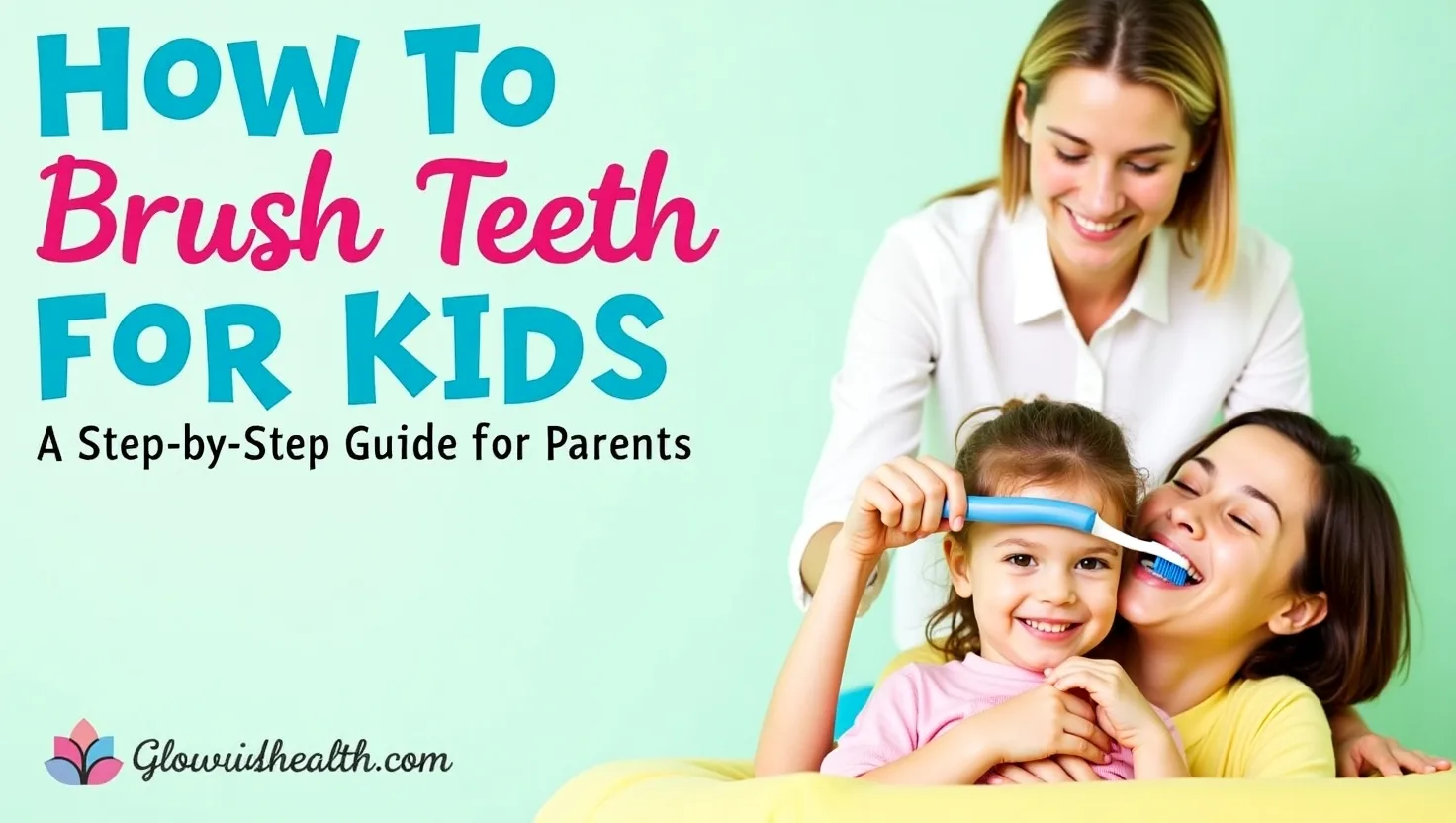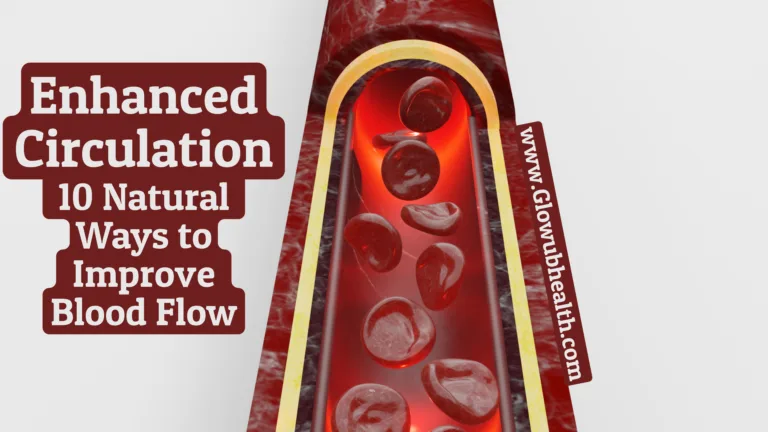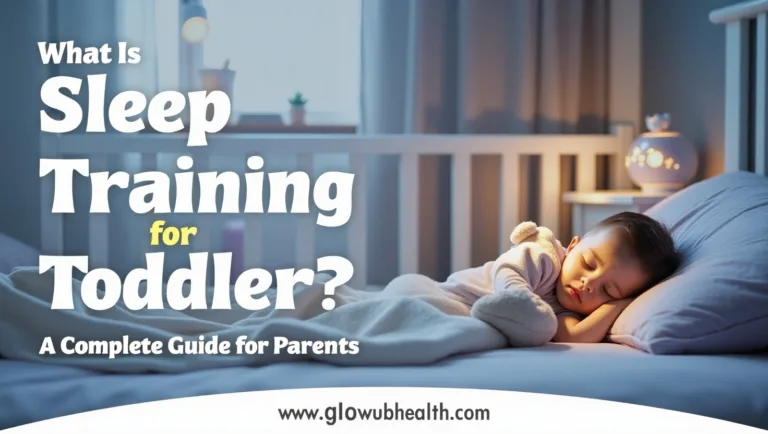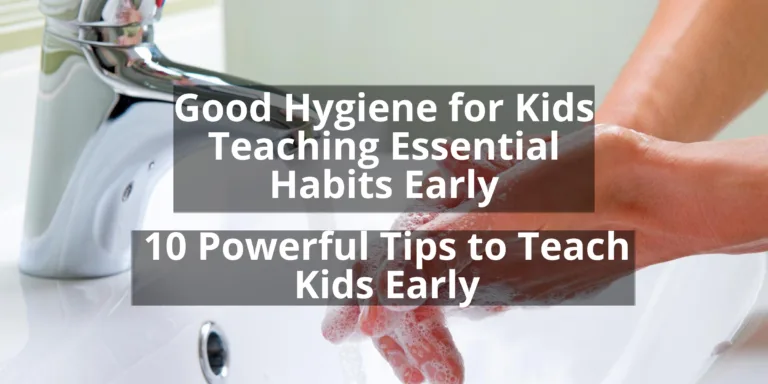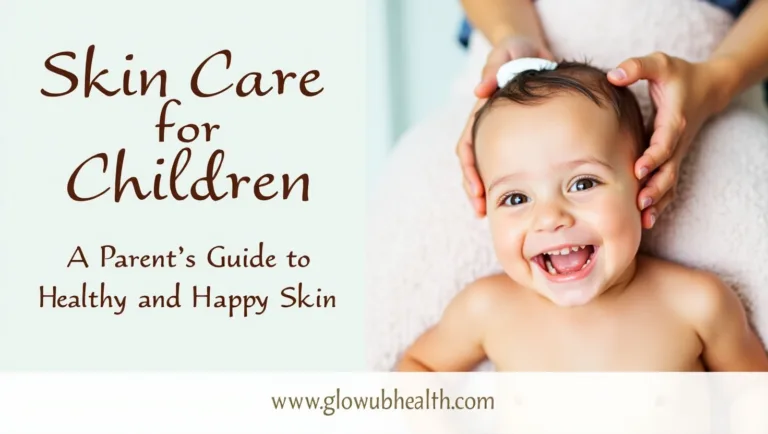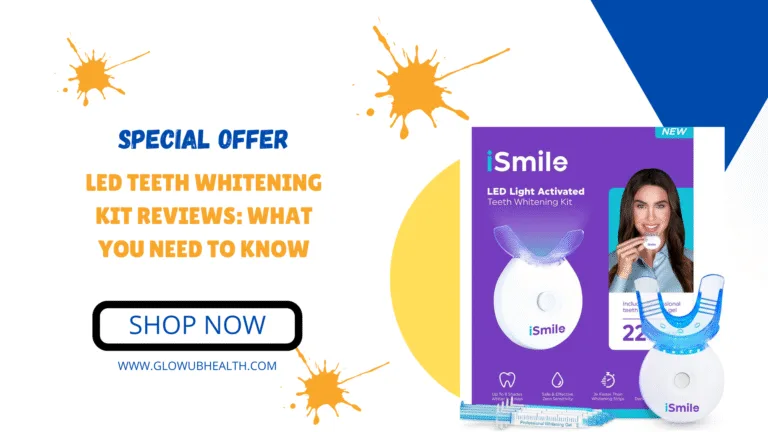How to Brush Teeth for Kids : A Step-by-Step Guide for Parents
Teaching kids proper oral hygiene at an early age is essential for their long-term health. Developing good brushing habits prevents cavities, gum disease, and bad breath while instilling a lifetime of healthy practices. In this guide, we’ll explore everything parents need to know about how to brush teeth for kids, from choosing the right toothbrush to making brushing fun and effective.
This guide is for informational purposes only and is not a substitute for professional dental advice, diagnosis, or treatment. Always consult a pediatric dentist for personalized recommendations regarding your child’s oral care.
Why Brushing Teeth for Kids is Essential for Oral Health
The Impact of Poor Oral Hygiene on Children
Neglecting oral hygiene can lead to cavities, gum disease, and even tooth loss. Poor dental health in childhood can also contribute to speech issues, difficulty eating, and self-esteem problems.
How Brushing Prevents Cavities and Gum Disease
Brushing removes plaque, a sticky film of bacteria that forms on teeth. If left unchecked, plaque can cause cavities and gingivitis (gum inflammation), leading to pain and potential infections.
The Link Between Oral Health and Overall Well-being
Good oral hygiene is connected to overall health. Studies show that poor dental hygiene in children can increase the risk of conditions like diabetes and heart disease later in life.
When Should Kids Start Brushing Their Teeth?
At What Age Should You Start Brushing Your Child’s Teeth?
You should start cleaning your baby’s gums with a soft cloth before their first tooth erupts. Once the first tooth appears (around 6 months old), use a soft-bristled brush and a small amount of toothpaste.
How to Care for Baby Teeth Before They Erupt
- Wipe the gums with a clean, damp cloth after feedings.
- Avoid giving babies sugary drinks before bed.
Transitioning from Parental Brushing to Self-Brushing
- Ages 0-3: Parents should brush their child’s teeth.
- Ages 3-6: Kids can start brushing with supervision.
- Ages 6+: Children should be able to brush independently but still need occasional monitoring.
Choosing the Right Toothbrush and Toothpaste for Kids
What Type of Toothbrush is Best for Kids?
- Choose a soft-bristled, small-headed toothbrush designed for children.
- Electric toothbrushes can be more effective and engaging for kids.
Should Kids Use Fluoride Toothpaste?
- Yes, but in small amounts. Use a rice-sized smear for toddlers and a pea-sized amount for kids over 3 years old.
- Fluoride strengthens tooth enamel and helps prevent cavities.
Manual vs. Electric Toothbrush: Which is Better?
Both are effective, but electric toothbrushes may be more efficient in removing plaque and easier for children to use.
How to Brush Teeth for Kids: A Step-by-Step Guide
Preparing Your Child for Brushing
- Let them pick their toothbrush to make it exciting.
- Use a brushing song or timer to encourage consistency.
Proper Brushing Technique for Kids
- Use a gentle circular motion to remove plaque.
- Brush all surfaces of the teeth, including the back molars.
How Long Should Kids Brush Their Teeth?
Children should brush for at least two minutes, twice a day.
How to Brush Your Teeth for Kids Step by Step: The Proper Technique
Step 1: Wet the Toothbrush and Apply Toothpaste
Use a pea-sized amount of fluoride toothpaste for kids over 3.
Step 2: Brush in Gentle Circular Motions
Move the toothbrush in small circles to remove plaque without damaging the gums.
Step 3: Don’t Forget to Brush the Tongue and Gums
This helps eliminate bacteria and keeps breath fresh.
Step 4: Rinse and Check for Clean Teeth
Have kids spit out the toothpaste but avoid rinsing with water immediately, as fluoride continues to protect the teeth.
Common Mistakes Parents Make When Helping Kids Brush Their Teeth
Using Too Much Toothpaste
Too much fluoride can cause fluorosis, which leads to white spots on teeth.
Brushing Too Hard or Too Softly
Brushing too hard can damage gums, while brushing too softly may not remove plaque effectively.
Letting Kids Brush Alone Too Soon
Children need supervision until at least age 6-7 to ensure they are brushing correctly.
Forgetting to Replace Toothbrushes Regularly
Change toothbrushes every 3 months or when bristles become worn.
Fun Ways to Encourage Kids to Brush Their Teeth Daily
Turning Brushing Into a Game
- Use a reward chart to track brushing habits.
- Try a toothbrushing app to make it interactive.
Using Songs and Timers to Make Brushing Fun
- Play a 2-minute song or use a sand timer to make brushing exciting.
Reward Systems to Build a Consistent Habit
Offer small rewards, like stickers or extra playtime, to encourage regular brushing.
How Often Should Kids Brush Their Teeth?
Morning vs. Night Brushing: What’s More Important?
Both are essential, but night brushing is crucial to remove bacteria buildup from the day.
How Diet Affects Brushing Frequency
Limit sugary snacks and acidic foods, as they increase the risk of cavities.
The Importance of Brushing After Sugary Foods
Brushing 30 minutes after eating sugary foods helps prevent tooth decay.
The Role of Flossing and Mouthwash in Kids’ Oral Hygiene
When Should Kids Start Flossing?
Start flossing as soon as two teeth touch, usually around age 2-3.
Is Mouthwash Safe for Kids?
- Choose alcohol-free mouthwash designed for children.
- Only for kids over 6 years old who can spit it out properly.
Step-by-Step Guide to Flossing for Kids
- Use soft, child-friendly floss.
- Gently slide the floss between teeth without snapping.
- Move it up and down to remove plaque.
Tips for Making Brushing Teeth for Kids a Lifelong Habit
Setting a Good Example as a Parent
Children imitate their parents, so brush your teeth together!
Creating a Fun and Engaging Routine
- Make brushing part of their daily routine (e.g., after breakfast and before bed).
- Let them choose their toothbrush with their favorite character.
Rewarding Consistency and Good Oral Habits
Praise your child when they brush correctly to reinforce good habits.
Conclusion
Teaching kids proper brushing techniques and making oral care fun will set them up for a lifetime of healthy smiles. By starting early, choosing the right tools, and creating an engaging routine, parents can ensure their children develop strong, healthy teeth. Make brushing a fun and rewarding habit today!
